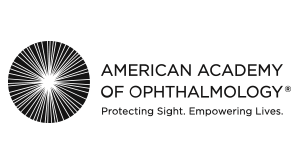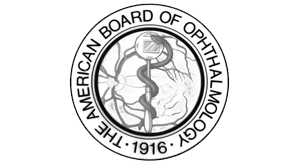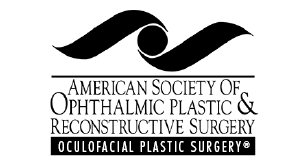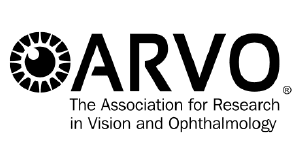Most people are familiar with the cosmetic applications of botulinum toxin (e.g. Botox, Dysport or Myobloc) – a neuromodulator that helps prevent and treat facial wrinkles. In the medical setting, however, botulinum toxin is also frequently used as a treatment for facial spasms, namely blepharospasm and hemifacial spasms. In fact, botulinum toxin was first used by ophthalmologists to treat strabismus and facial spasms, far before it was being used for cosmetic applications!
Blepharospasm (full name is “benign essential blepharospasm” or BEB), is a disorder that causes uncontrollable eyelid twitching (spasms) or blinking, sometimes making it difficult to open the eyes and therefore perform daily functions such as driving. This is not to be confused with eyelid myokymia, which is the involuntary continuous twitching of an eyelid that is self limited and benign, and often caused by stress or caffeine. Eyelid myokymia often presents unilaterally, or just affecting one side, and BEB is bilateral, affecting both eyes. The true cause of blepharospasm is unknown, but it is most frequently associated with dry eye disease. It can also be associated with weakness of the eyelid-opening muscle (levator muscle), certain medications, or a neurologic disorder called “apraxia of eyelid opening.” A complete evaluation by a specialist is important to determine whether you have an underlying condition.
If you are diagnosed with benign essential blepharospasm, the most common and effective treatment is chemodenervation – weakening of the eyelid closing muscle using botulinum toxin. Botulinum toxin is injected directly into the spasming muscles in order to reduce the frequency and intensity of the spasms. This can have an incredible impact on daily life for those affected by blepharospasms. In addition to botulinum toxin treatments, patients also often benefit from rose tinted glasses and treatment of dry eyes. Occasionally, surgery can help control the condition when injections are not sufficient.
In contrast to blepharospasm, which affects both eyes, hemifacial spasms tend to only affect one side of the face and can cause eyelid twitching, cheek twitching, and twitching of the outer corner of the mouth. Hemifacial spasm is a disorder of facial spasming that is caused by inappropriate stimulation of the entire facial nerve on one side. This can be caused by compression of the nerve or as a result of disordered re-innervation following Bell’s palsy, but often there is no identifiable cause. It is important to rule out neurologic causes of the facial spasms. Some people may be good candidates for facial nerve decompression surgery, though hemifacial spasms are most often treated with botulinum toxin, just like BEB. The toxin can be strategically injected into the affected muscles to reduce the frequency and intensity of the spasms.
Both blepharospasm and hemifacial spasms can have a serious impact on daily life. If you have eyelid or facial spasms, please contact our office.
Therapeutic botulinum toxin is a medical treatment that can be covered by insurance, in contrast to cosmetic injections. A thorough evaluation by a specialist is required. Therapeutic injections of botulinum toxin can last for 2-6 months, but will vary from patient to patient.
Schedule an appointment to discuss your needs and treatment options.





